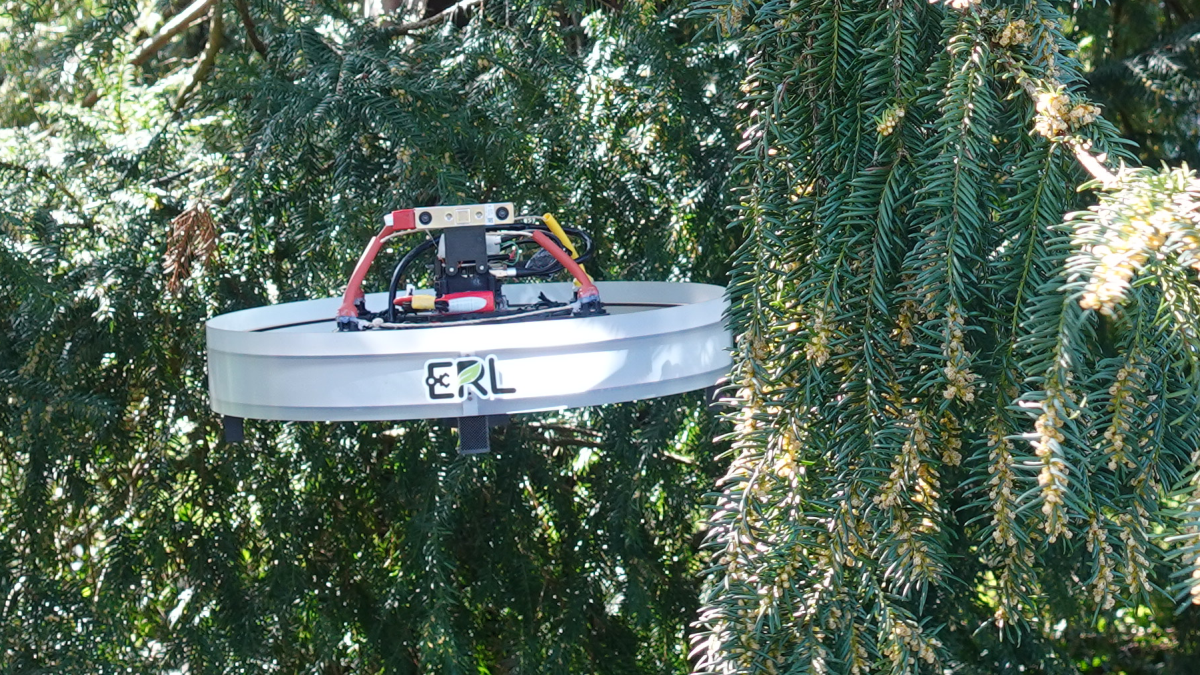Swiss develop ‘cockroach drone’ to explore forest canopy

Inspired by cockroaches, Swiss researchers have developed a new drone which can push away obstacles and move past them. In the future, it will be used to measure biodiversity in remote areas.
Environmental monitoring in areas with dense vegetation is a major challenge for scientists, according to a press release issued by the Swiss Federal Institute for Forest, Snow and Landscape Research (WSL) on Wednesday. Although it is possible to take samples from individual branches, it has not yet been possible to penetrate further into the canopy.
According to the researchers, the greatest difficulty is that the branches are flexible and cause the drone to vibrate.
The WSL researchers led by Emanuele Aucone, with researchers from the federal technology institute ETH Zurich and the University of Pisa, sought a solution to this problem. They found it in the body structure of cockroaches, which is streamlined and consists of low-friction material.
Successful tests
They applied this to the drone, which they presented in the journal Nature Communications. The researchers also equipped the drone with spatial intelligence throughout its body, as the WSL explained. The drone was given haptic feedback capability so it can react when it contacts its surroundings.
In initial tests, the cockroach drone was a success. It was able to push away branches with and without leaves and move past them. With a non-streamlined body or a material which causes higher friction, however, the drone got stuck in the experiment.
In the next step, the researchers want to improve their drone even further. For example, it should be able to react to several obstacles at the same time.
Adapted from German by DeepL/dkk/ac
This news story has been written and carefully fact-checked by an external editorial team. At SWI swissinfo.ch we select the most relevant news for an international audience and use automatic translation tools such as DeepL to translate it into English. Providing you with automatically translated news gives us the time to write more in-depth articles.
If you want to know more about how we work, have a look here, and if you have feedback on this news story please write to english@swissinfo.ch.

In compliance with the JTI standards
More: SWI swissinfo.ch certified by the Journalism Trust Initiative
You can find an overview of ongoing debates with our journalists here. Please join us!
If you want to start a conversation about a topic raised in this article or want to report factual errors, email us at english@swissinfo.ch.